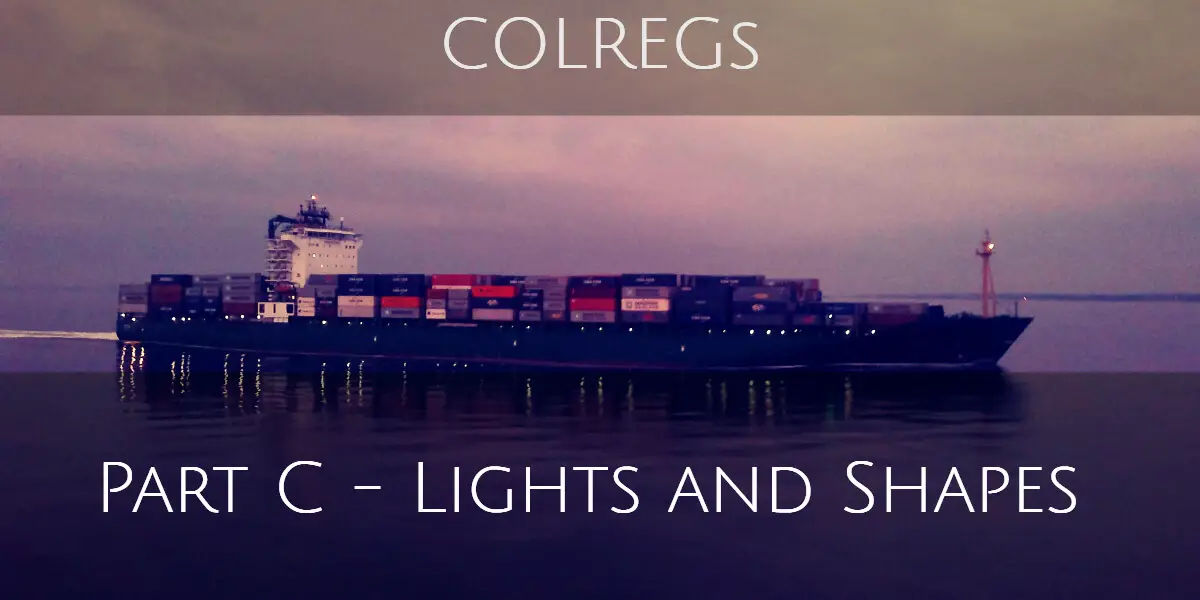(a) A vessel at anchor shall exhibit where it can best be seen:
- (i) in the fore part, an all-round white light or one ball;
- (ii) at or near the stern and at a lower level than the light prescribed in subparagraph (i), an all-round white light.
(b) A vessel of less than 50 meters in length may exhibit an all-round white light where it can best be seen instead of the lights prescribed in paragraph (a) of this Rule.
(c) A vessel at anchor may, and a vessel of 100 meters and more in length shall, also use the available working or equivalent lights to illuminate her decks.
(d) A vessel aground shall exhibit the lights prescribed in paragraph (a) or (b) of this Rule and in addition, where they can best be seen;
- (i) two all-round red lights in a vertical line;
- (ii) three balls in a vertical line.
(e) A vessel of less than 7 meters in length, when at anchor not in or near a narrow channel, fairway or where other vessels normally navigate, shall not be required to exhibit the shape prescribed in paragraphs (a) and (b) of this Rule.
(f) A vessel of less than 12 meters in length, when aground, shall not be required to exhibit the lights or shapes prescribed in subparagraphs (d)(i) and (ii) of this Rule.

Leave a Reply